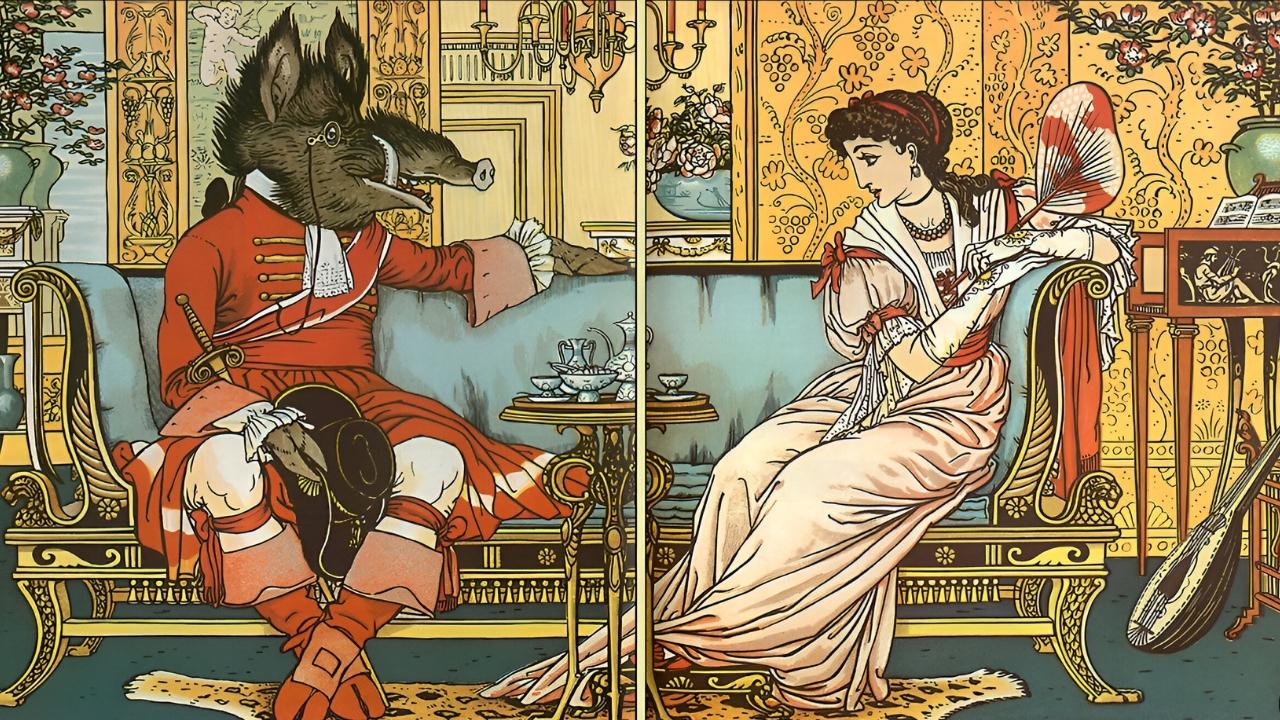
What was life like in the late 19th century? Imagine a time without smartphones, cars, or even electric lights. The late 19th century was a period of incredible change and innovation. People witnessed the birth of the telephone, the expansion of railroads, and the rise of factories. Families often lived in close-knit communities, relying on each other for support. Children played outside, making their own fun with simple toys. Women began to fight for their rights, seeking education and the vote. Men worked long hours in challenging conditions, striving to provide for their families. Cities grew rapidly, filled with new opportunities and challenges. Life was tough, but full of promise and progress.
Key Takeaways:
- The late 19th century was a time of big changes! Factories, railroads, and electricity transformed how people lived and worked. Social movements and cultural shifts also shaped the era.
- The late 19th century was a time of innovation and progress. From labor rights to technological advancements, it was a period of rapid change that laid the foundation for the modern world.
The Industrial Revolution’s Impact
The late 19th century was a time of rapid change and innovation. The Industrial Revolution reshaped societies, economies, and daily life. Here are some fascinating facts about this transformative period.
- Urbanization Boom: Cities grew at an unprecedented rate. People flocked to urban areas for jobs in factories, leading to overcrowded living conditions.
- Railroad Expansion: Railroads connected distant regions, making travel and trade faster and more efficient. The Transcontinental Railroad in the U.S. was completed in 1869.
- Electricity Emergence: Thomas Edison and Nikola Tesla made significant strides in harnessing electricity, leading to the widespread use of electric lights and appliances.
- Factory System: Mass production became the norm. Factories employed thousands, often in harsh conditions, to produce goods on a large scale.
- Telegraph and Telephone: Communication was revolutionized by the telegraph and Alexander Graham Bell’s invention of the telephone in 1876.
Social Changes and Movements
The late 19th century also saw significant social changes and movements. These shifts affected various aspects of life, from labor rights to women’s suffrage.
- Labor Unions: Workers began organizing to demand better wages, hours, and working conditions. The American Federation of Labor was founded in 1886.
- Women’s Suffrage: The fight for women’s voting rights gained momentum. The National American Woman Suffrage Association was formed in 1890.
- Child Labor Laws: Efforts to protect children from exploitation led to the first child labor laws, though enforcement was often weak.
- Public Education: Education became more accessible. Compulsory schooling laws were enacted, and literacy rates improved.
- Social Darwinism: This controversial theory applied Darwin’s ideas of natural selection to human society, often justifying inequality and imperialism.
Technological Innovations
Technological advancements during this period were groundbreaking. They changed how people lived, worked, and interacted with the world.
- Automobiles: Karl Benz patented the first automobile in 1886, paving the way for the future of personal transportation.
- Typewriters: The typewriter, invented by Christopher Sholes in 1868, revolutionized office work and communication.
- Cameras: George Eastman introduced the Kodak camera in 1888, making photography accessible to the general public.
- Steel Production: The Bessemer process, developed in the 1850s, allowed for the mass production of steel, which was crucial for building infrastructure.
- Skyscrapers: Advances in steel and construction techniques led to the rise of skyscrapers, transforming city skylines.
Cultural Shifts
Cultural life in the late 19th century was vibrant and diverse. Art, literature, and entertainment flourished, reflecting the era’s complexities.
- Impressionism: This art movement, led by artists like Claude Monet, broke away from traditional techniques to capture light and movement.
- Realism in Literature: Authors like Mark Twain and Charles Dickens wrote about everyday life and social issues, making literature more relatable.
- Vaudeville: This form of entertainment, featuring a variety of acts, became immensely popular in the U.S., offering something for everyone.
- Sports: Organized sports gained popularity. The first modern Olympic Games were held in Athens in 1896.
- Music Halls: Music halls provided a venue for popular music and performances, becoming a staple of urban nightlife.
The Final Glimpse of the 19th Century
The late 19th century was a whirlwind of innovation, culture, and change. From the Industrial Revolution to the birth of modern art, this era laid the groundwork for the world we know today. Electricity lit up homes, telephones connected people across distances, and automobiles began to replace horse-drawn carriages. Women’s suffrage movements gained momentum, pushing for equality and rights. Scientific discoveries like the theory of evolution and germ theory reshaped our understanding of life and health. Cities grew rapidly, becoming bustling hubs of activity and diversity. The late 19th century wasn’t just a time of progress; it was a period that challenged old norms and embraced new possibilities. As we look back, we see how these transformations continue to influence our present and inspire our future.
Frequently Asked Questions
Was this page helpful?
Our commitment to delivering trustworthy and engaging content is at the heart of what we do. Each fact on our site is contributed by real users like you, bringing a wealth of diverse insights and information. To ensure the highest standards of accuracy and reliability, our dedicated editors meticulously review each submission. This process guarantees that the facts we share are not only fascinating but also credible. Trust in our commitment to quality and authenticity as you explore and learn with us.
